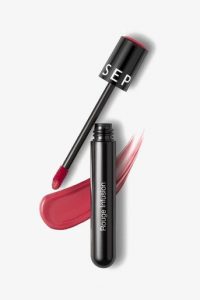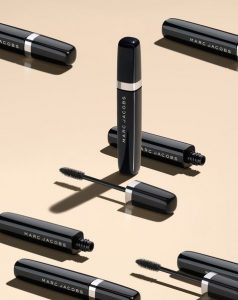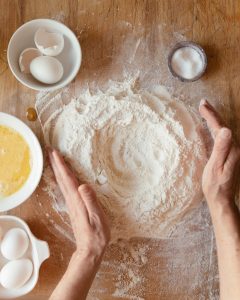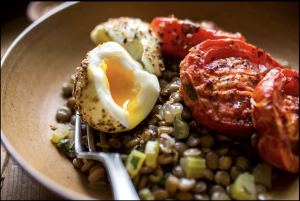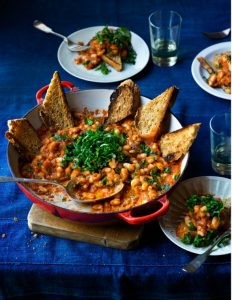Peter Hurley, a New York City photographer specialized in headshots and portraits. At first glance the viewer can see that, even though there is three point lighting, he has a specific style for the most part, which is butterfly lighting. There is a lot of lighting coming from over the models’ heads, which is one of the most favorable styles when shooting portraits. The lighting just hits the skin and it fills the texture of it which lead to there being softness in his photographs. Also, the eyes are a significant point of attention in his photographs. The reflection of the lights create a depth into the models’ eyes. When it comes to composition, in his People Portraits, the models are centered and have more of a serious tone to them due to their facial expressions. Even though, there is a lot going on in the background, Hurley did a great job making sure the main focus was the model by putting more lights on them. There is contrast between their faces and the rest of the photographs.
Celeste Sloman, is also a photographer specialized in portraits. The difference between her and Peter Hurley, is that her photographs are mainly from the subjects’ shoulder, up, instead of full body or three quarters. The main focus is their facial expressions, which, for the most part, are subtle and calm. The background is a solid color, or very little movement going on, which brings out the subject more since there are no distracting objects in the way. I enjoy the way Sloman uses objects or sunlight to create shadows, that have become patterns, in the subjects’ faces. She has a minimalist and simple style which is why the viewer can tell that there is not an overuse of light.


